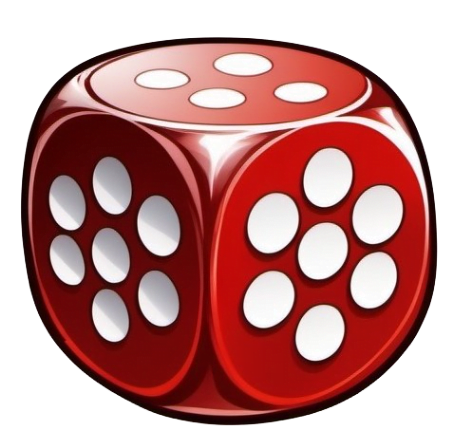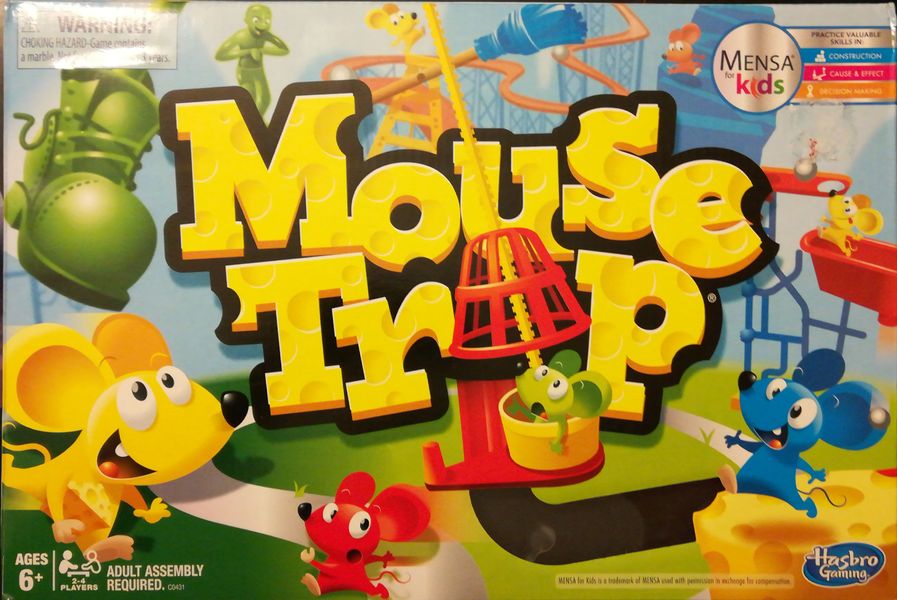Mouse Trap (1963) Board Game
Mouse Trap is a classic board game that was first released in in 1963. It was designed by Gordon A. Barlow, Marvin Glass, Harvey “Hank” Kramer, and Burt Meyer. The game has become a staple in many households and is loved by both children and adults alike. With its unique gameplay mechanics and fun theme, Mouse Trap has stood the test of time and remains a popular choice for family game nights.
Game Components of Mouse Trap
How To Setup Mouse Trap
To set up Mouse Trap, players start by placing their mouse pieces on the board. Each player rolls the die to determine who goes first, with the highest roll starting the game. The game board has various spaces that instruct players to build different parts of the mouse trap. Players move around the board, landing on white spaces that guide them in constructing the trap, following the instructions provided on the board.
Gameplay Mechanics and Game Objective
Player Experience
Playing Mouse Trap is an engaging and sometimes frustrating experience due to its luck-based mechanics. The initial phase involves cooperative building of the trap, which can be tedious but rewarding. Once the trap is complete, the game shifts into a competitive mode where players aim to eliminate each other. The Rube Goldberg-inspired mechanism adds a layer of unpredictability, making each activation of the trap exciting and potentially chaotic.
Pros
Cons
Personal Thoughts on Mouse Trap
Mouse Trap is a classic game that is perfect for families and groups of friends who enjoy a mix of cooperation and competition. It is an excellent choice for children who are interested in engineering and problem-solving, as well as for adults looking for a nostalgic and entertaining experience. However, it may not be the best fit for those seeking a game with deep strategic elements or consistent, reliable gameplay mechanics. Despite its flaws, Mouse Trap remains a beloved and iconic board game that continues to capture the imagination of players across generations.
We are supported by our audience. When you purchase through links on our site, we may earn an affiliate commission, at no extra cost for you. Learn more.

